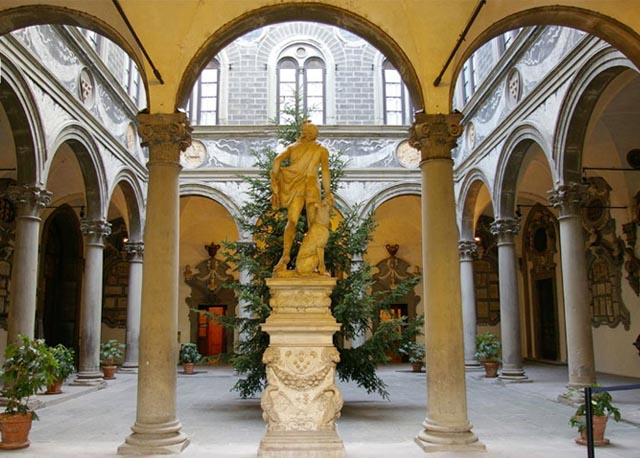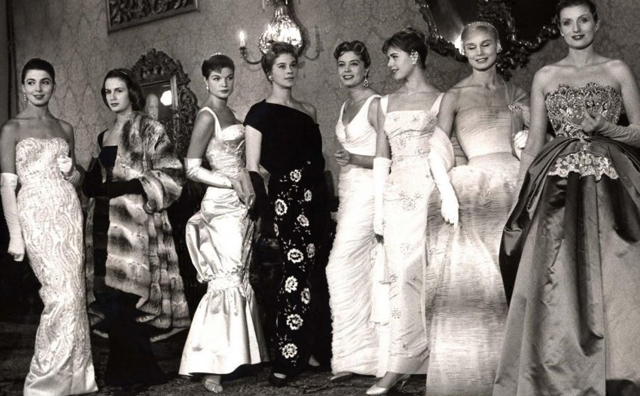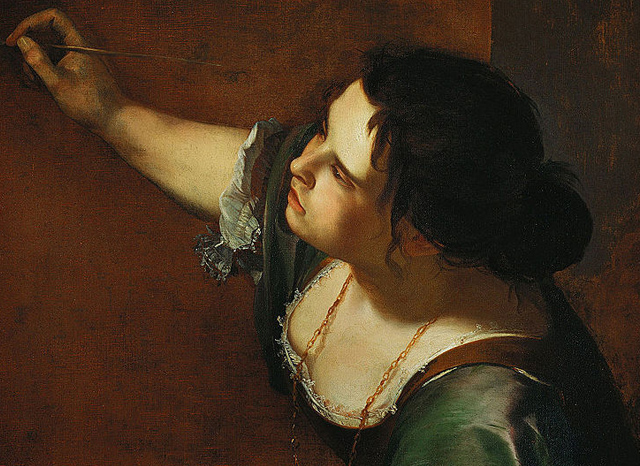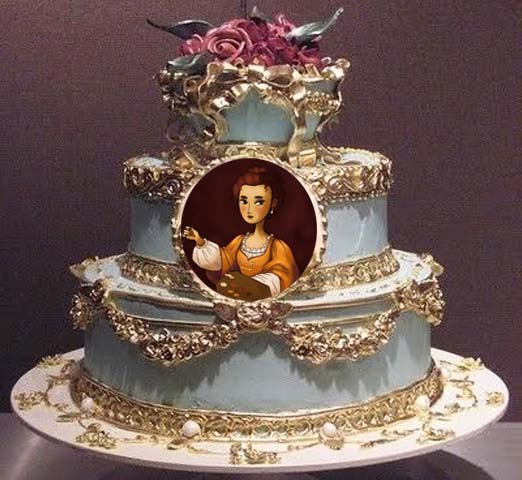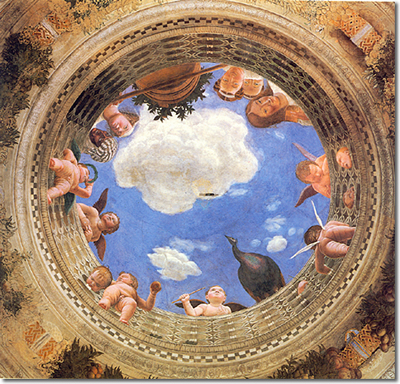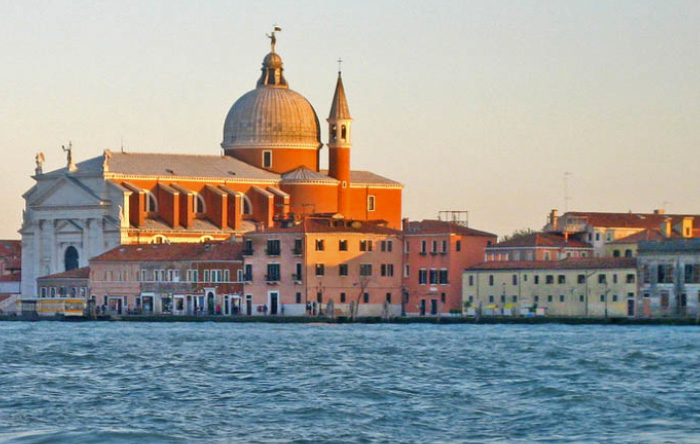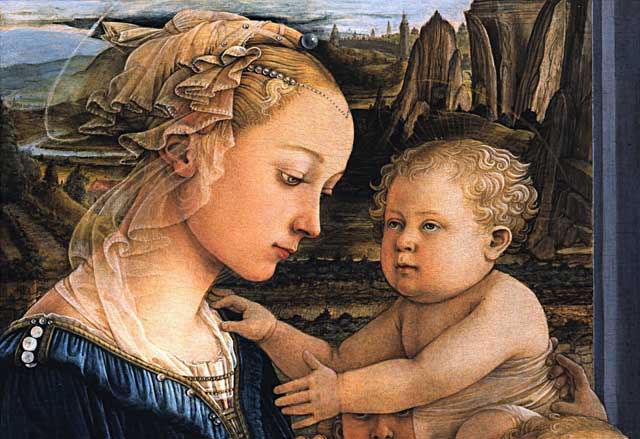
Un prete e una suora, una storia d’amore e un bambino!
A priest and a nun, a love story, and a baby!
Un amore proibito che sfida i secoli
A forbidden love that defies the ages
Ci sono molti amanti famosi nella storia, ma pochi sono affascinanti quanto Fra Filippo Lippi e Lucrezia Buti—lui monaco, lei suora!
There are many famous lovers in history, but few are as captivating as Fra Filippo Lippi and Lucrezia Buti—he a monk, she a nun!
Le storie d’amore proibite sono numerose, ma la relazione tra Fra Filippo e Lucrezia supera quelle di Brad e Angelina o Madonna e Guy Ritchie. I nostri protagonisti erano legati alla Chiesa—lui monaco carmelitano, lei novizia al convento di Santa Margherita di Prato.
Scandalous love stories abound, but the affair between Fra Filippo and Lucrezia surpasses those of Brad and Angelina or Madonna and Guy Ritchie. Our protagonists were bound to the Church—he a Carmelite monk, she a novice at the convent of Santa Margherita di Prato.
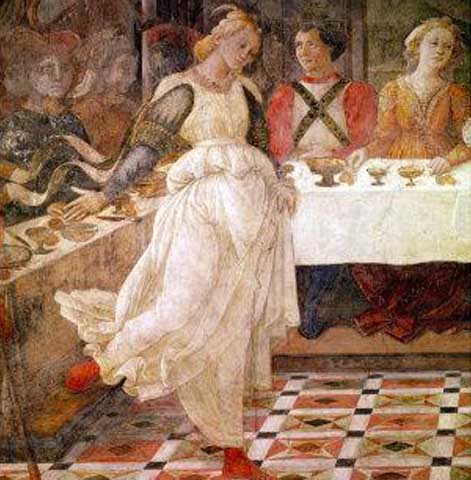
Protetto dai Medici, ispiratore di Botticelli
Under the Medici’s protection, inspiration for Botticelli
Oltre ad essere un monaco, Fra Filippo era un celebre pittore del Quattrocento, protetto dai Medici di Firenze. La sua abilità gli permise di ricevere commissioni anche dal Re di Napoli. Tra i suoi studenti più illustri c’era Sandro Botticelli.
In addition to being a monk, Fra Filippo was a celebrated 15th-century painter supported by the Medici of Florence. His talent earned him commissions even from the King of Naples. Among his most notable students was Sandro Botticelli.
Nelle eleganti linee della figura di Salomè, dipinta nella Cattedrale di Prato, si intravede lo stile delicato e allungato che influenzò Botticelli.
In the elegant lines of Salome, painted in the Cathedral of Prato, you can glimpse the elongated and delicate style that influenced Botticelli.
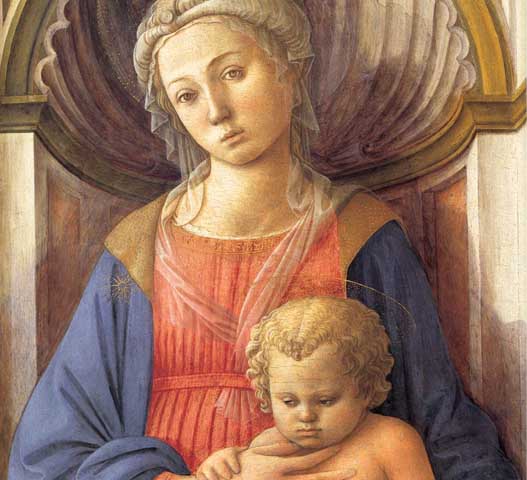
Un monaco dai voti… flessibili
A monk with… flexible vows
Secondo Vasari, il primo storico dell’arte a documentare la vita dei pittori italiani, Fra Filippo non prendeva molto sul serio i suoi voti ed era noto per la sua predilezione per le belle giovani.
According to Vasari, the first art historian to document the lives of Italian painters, Fra Filippo didn’t take his vows very seriously and was known for his fondness for beautiful young women.
Vasari racconta che, mentre lavorava a Prato nel 1456, Fra Filippo frequentava spesso giovani donne, vivendo numerose avventure amorose. Ma fu Lucrezia Buti a conquistare il suo cuore.
Vasari records that, while working in Prato in 1456, Fra Filippo frequently kept the company of young women, indulging in numerous romantic adventures. But it was Lucrezia Buti who captured his heart.
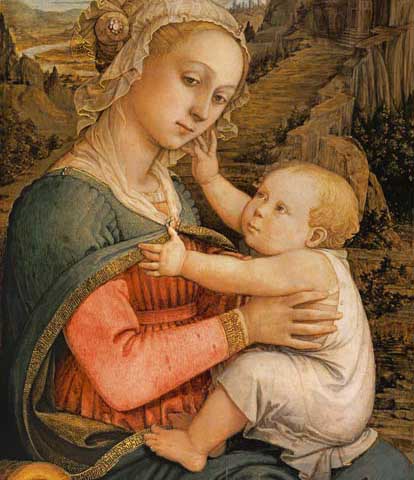
Il primo incontro: amore a prima vista?
Their first meeting: love at first sight?
Fu a Prato, mentre lavorava agli affreschi per la chiesa di Santa Margherita, che Fra Filippo incontrò Lucrezia Buti, bellissima figlia di un mercante di seta fiorentino. Rimasta orfana, Lucrezia era sotto la protezione delle suore del convento.
It was in Prato, while working on frescoes for the church of Santa Margherita, that Fra Filippo met Lucrezia Buti, the beautiful daughter of a Florentine silk merchant. Orphaned, Lucrezia was under the care of the convent sisters.
Fra Filippo fu subito colpito dalla bellezza di Lucrezia e decise che sarebbe stata la modella perfetta per la Madonna nel suo altare. Chiese alle suore il permesso di farla posare per lui.
Fra Filippo was immediately struck by Lucrezia’s beauty and decided she would be the perfect model for the Madonna in his altarpiece. He requested permission from the sisters to have her sit for him.
Un amore che sfidò le convenzioni
A love that defied conventions
Le cose presero una piega scandalosa. Non è chiaro se Fra Filippo rapì Lucrezia durante il festival della Sacra Cintola o se lei rimase volontariamente con lui. La leggenda racconta che le suore non riuscirono a riportarla al convento per settimane.
Things took a scandalous turn. It’s unclear whether Fra Filippo kidnapped Lucrezia during the Sacra Cintola festival or if she stayed with him willingly. Legend has it that the sisters were unable to retrieve her for weeks.
Dalla loro relazione nacque Filippino Lippi, che seguì le orme artistiche del padre. Grazie a Cosimo de’ Medici, Papa Pio II concesse a Fra Filippo il permesso di sposare Lucrezia.
From their relationship came Filippino Lippi, who followed in his father’s artistic footsteps. Thanks to Cosimo de’ Medici, Pope Pius II granted Fra Filippo permission to marry Lucrezia.
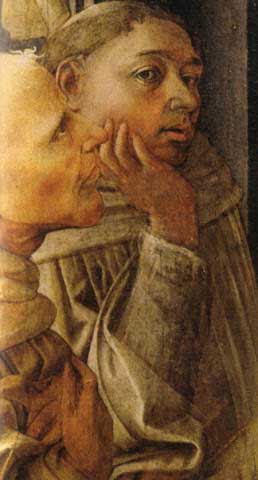
Verità o leggenda? / Truth or legend?
Si dice che Filippo fu avvelenato prima di sposarsi, ma è improbabile. Ebbero una figlia, ma Filippo continuò le sue relazioni e alla fine si separarono. Dopo la sua morte, Lorenzo il Magnifico fece erigere un monumento a Spoleto.
Filippo was rumored to have been poisoned before marrying, but this seems unlikely. The couple had a daughter, though Filippo’s affairs continued, leading them to live apart. After his death, Lorenzo the Magnificent commissioned a monument in Spoleto to honor him.
La storia di Vasari potrebbe essere solo pettegolezzo, scritta anni dopo e abbellita.
Vasari’s tale might be mere gossip, written years later and likely embellished.
Read the novel that was inspired by Fra Filippo Lippi and Lucrezia Buti!
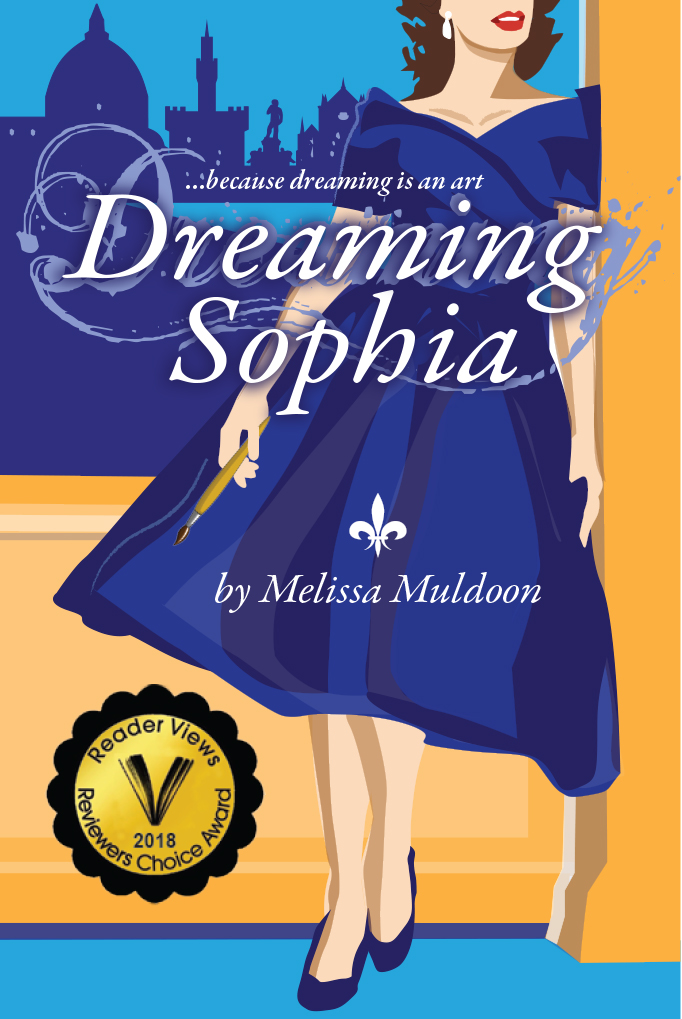
Dreaming Sophia
Dreaming Sophia is a magical look into Italy, language, art, and culture. It is a story about turning dreams into reality and learning to walk the fine line between fact and fantasy. When tragedy strikes, Sophia finds herself alone in the world, without direction and fearful of loving again. With only her vivid imagination to guide her, she begins a journey that will take her from the vineyards in Sonoma, California to a grad school in Philadelphia and, eventually, to Italy: Florence, Lucca, Rome, Verona, Venice, and Val d’Orcia. Through dreamlike encounters, Sophia meets Italian personalities—princes, poets, duchesses, artists, and film stars— who give her advice to help put her life back together. Following a path that takes her from grief to joy, she discovers the source of her creativity and learns to love again, turning her dreams into reality.
